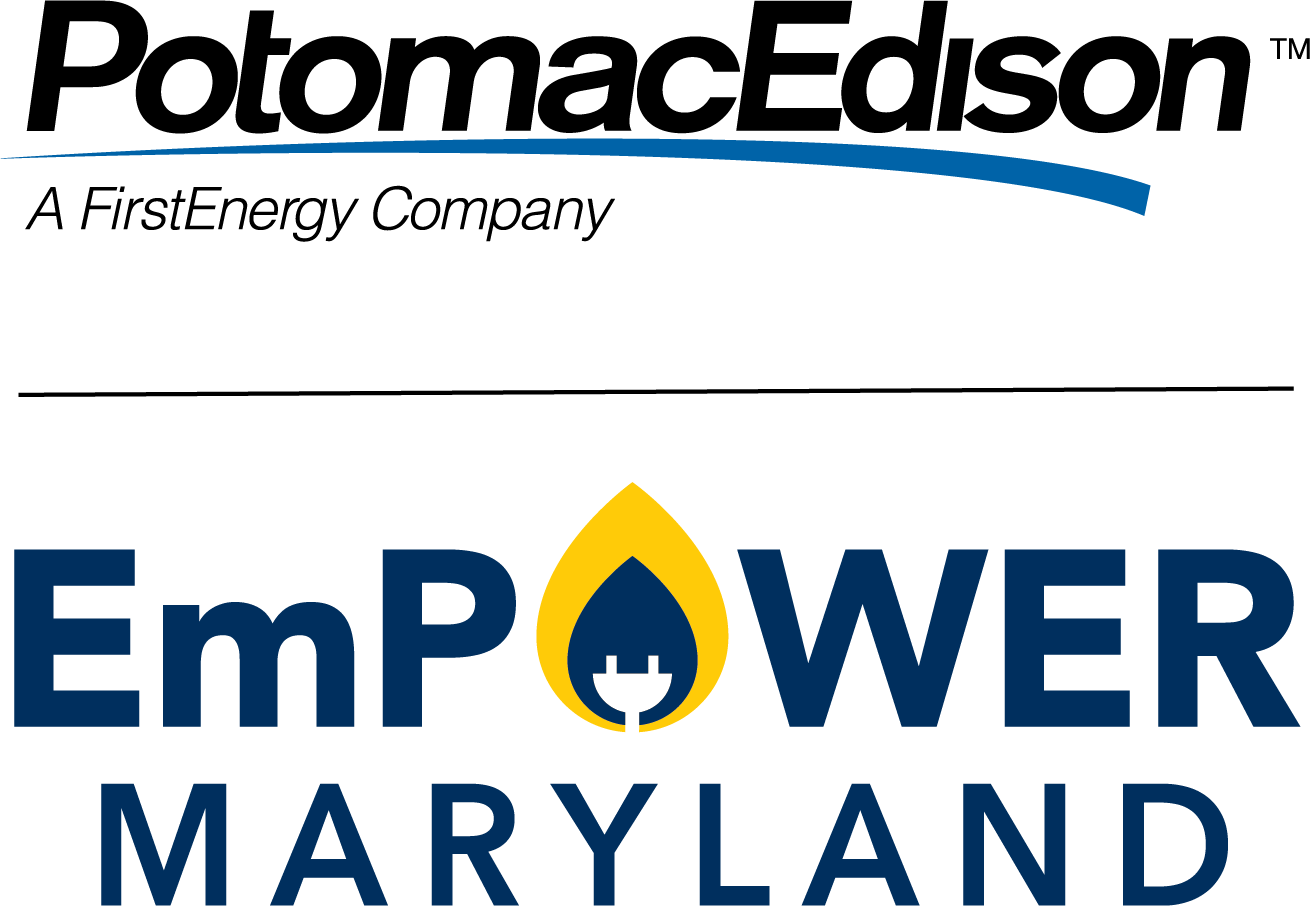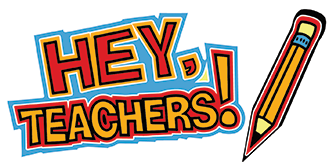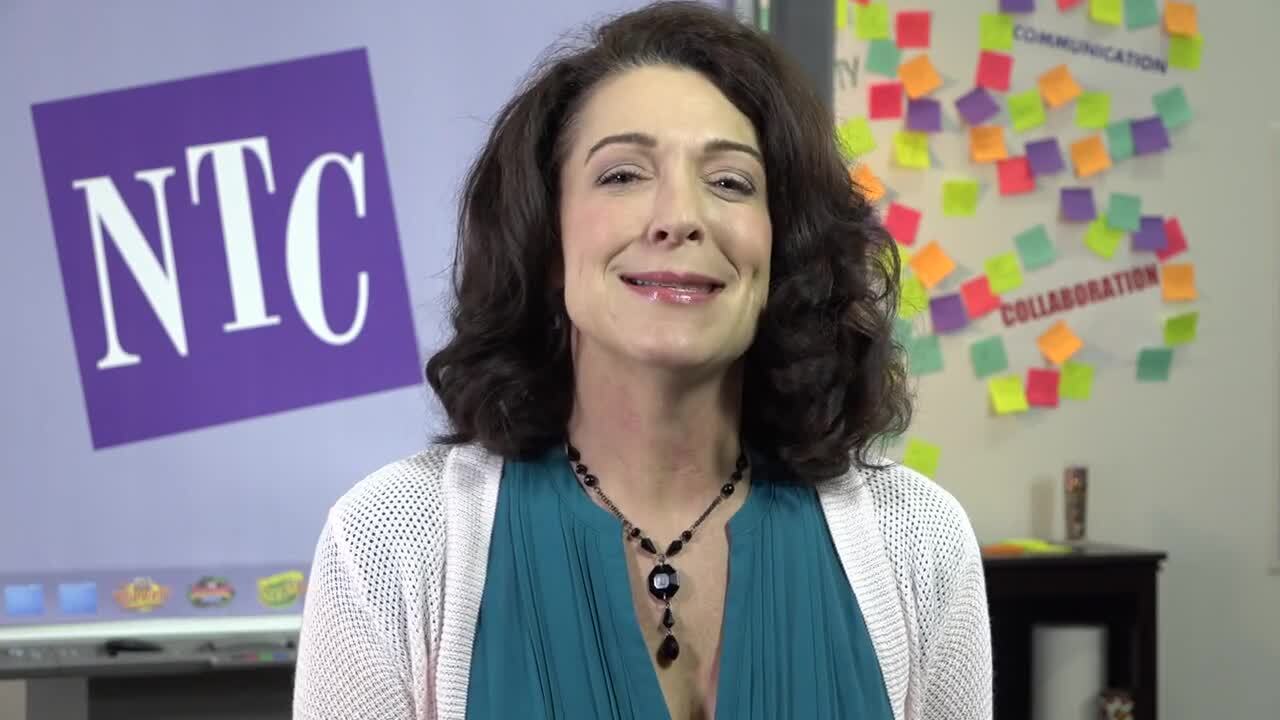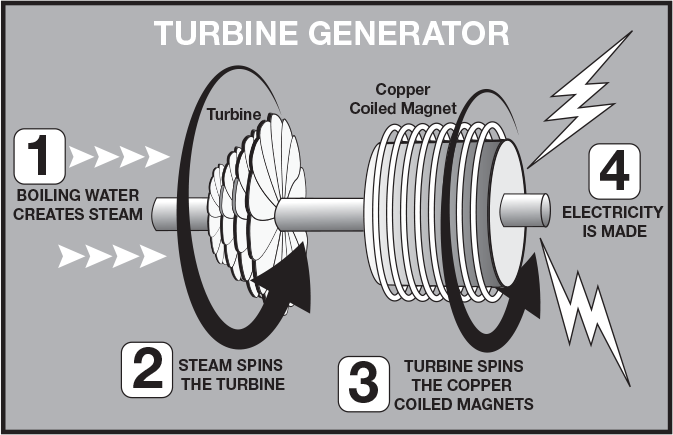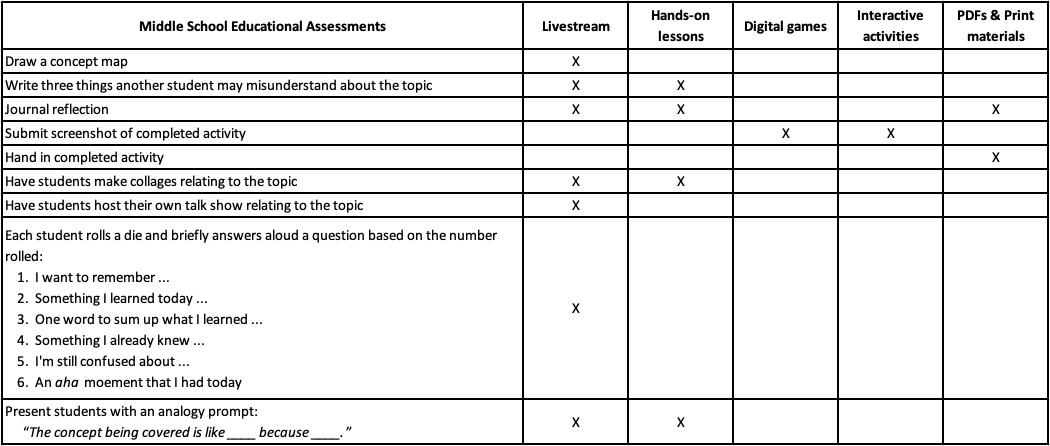Potomac Edison and EmPOWER Maryland invite you to use these e-learning resources to teach your students about energy efficiency. The digital materials below are designed to get your students excited about understanding this important subject.
Want to know the best way to use the related videos, games and other lessons to educate your class? Watch this short video and learn how to easily add Energy Agents to your curriculum!
